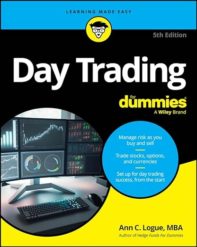
Homeownership is a big part of U.S. culture, and yet, the rate of homeownership is falling. For the first quarter of 2014, the U.S. Census department reported that 64.8% of homes in the U.S. are occupied by their owners, the lowest rate since 1995. If traditional patterns still hold, then this is a sign of pent-up demand – but it may be a sign of a change.
For decades, owning a house was a form of forced retirement savings. People bought their houses over time with the intention of staying in them through retirement or selling them and downsizing. At a minimum, this represented pre-paid rent; for many retirees, it was pre-paid rent with a little extra thrown in.
On top of that, consumer spending on furnishings and improvements has driven GDP. Landlords buy basic white refrigerators, not stainless steel behemoths with French doors. Many of the Personal Consumption Expenditures in GDP are made at Lowe’s, Pottery Barn, and Ikea.
If the combination of mild employment recovery and continued low interest rates continues, and if Americans still want to own the place where they live, we can expect increased demand for single-family housing followed by increased consumer spending. However, there may be a cultural shift afoot. Younger people are delaying that first home purchase, in part due to high levels of student debt and in part due to lingering cynicism from the 2007-2008 real estate bust. Their parents may have told them that housing is always a great investment, and their parents were proven wrong.
If the trend for lower homeownership continues, it will be followed by lower levels of spending in certain consumer durable categories, most notably appliances and furniture. In essence, spending on consumer durables is being transferred to spending on higher education. Both of these show up as consumer spending, but they have different effects on the total macroeconomy.
There’s another angle to this: retirement preparedness. Real estate is not the guaranteed investment that too many believed it to be, owning a place to live outright has long been a key piece of retirement security. If fewer people own their house, or if they are paying mortgages as they are closer to age 65, then the number of people prepared for retirement may fall even lower. This means less demand for consumer financial products as well as lower consumer spending among the growing elderly population.



I don’t know, the house down the street just sold for $305k after selling for proabably $100k less than that a few years ago. It’s smaller, has less bedrooms, and backs right up to the freeway. Makes me think there might be a tad bit of a new bubble forming.
It’s very regional, isn’t it? My neighborhood is going nuts, but the entry level is dead – which means there is good arbitrage for those downsizing!